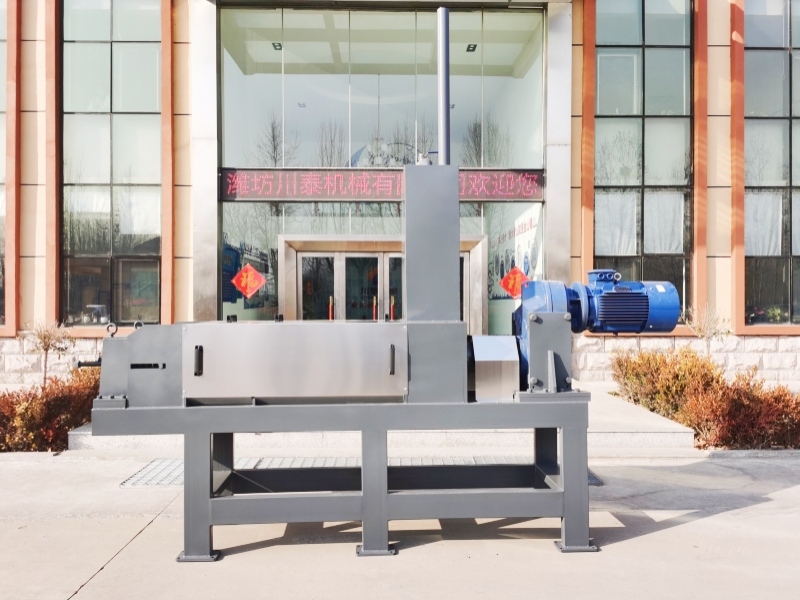
Cow Dung Pressing and Dewatering Machine
The efficient management of agricultural waste is a critical concern in sustainable farming practices. Cow dung, a common byproduct on farms, can be transformed into valuable resources through processes such as pressing and dewatering. This article explores the structural components of a cow dung pressing and dewatering machine, highlighting its significance in waste management and resource utilization.
Hopper:
The hopper serves as the initial point of entry for the cow dung. It is a funnel-shaped structure designed to receive and channel the raw material into the subsequent stages of the machine.
Screw Conveyor:
The screw conveyor, often referred to as an auger, is a helical structure responsible for advancing the cow dung from the hopper towards the pressing mechanism. It ensures a steady and controlled feed of the material, preventing clogs and maintaining an even pressure distribution.
Pressing Chamber:
The pressing chamber is a key component where the dewatering process occurs. It consists of a cylindrical or rectangular enclosure with perforated walls. The walls allow water to drain out while retaining the solid cow dung. Within the chamber, there is a mechanism to apply pressure on the cow dung, squeezing out the excess moisture.
Pressure Mechanism:
The pressure mechanism can vary based on the design of the machine. It often involves hydraulic or mechanical systems that exert force on the cow dung within the pressing chamber. This pressure helps to effectively separate the liquid and solid components, facilitating efficient dewatering.
Drainage System:
Located at the bottom of the pressing chamber, the drainage system collects the separated liquid, often referred to as "leachate." This liquid can contain valuable nutrients and organic matter, making it suitable for further processing into fertilizers or bioenergy.
Collection Tray:
Beneath the drainage system, there is usually a collection tray to gather the drained liquid for storage or further processing. This tray prevents spillage and facilitates the proper management of the separated liquid.
Discharge Outlet:
After the dewatering process is complete, the solid cow dung residue needs to be removed from the pressing chamber. A discharge outlet, often equipped with a gate or door, allows for the removal of the dewatered material. This residue can be used as a nutrient-rich soil amendment or processed for other applications.
Frame and Support Structure:
The entire machine is mounted on a sturdy frame or support structure. This ensures stability during operation and provides a framework to accommodate various components in an organized manner.
Conclusion:
The cow dung pressing and dewatering machine offers an effective solution for managing agricultural waste by converting cow dung into valuable resources. Its well-defined structural components, from the hopper to the discharge outlet, work in tandem to efficiently separate the liquid and solid phases of the waste. By optimizing the dewatering process, farmers can minimize waste, extract useful materials, and contribute to more sustainable farming practices.
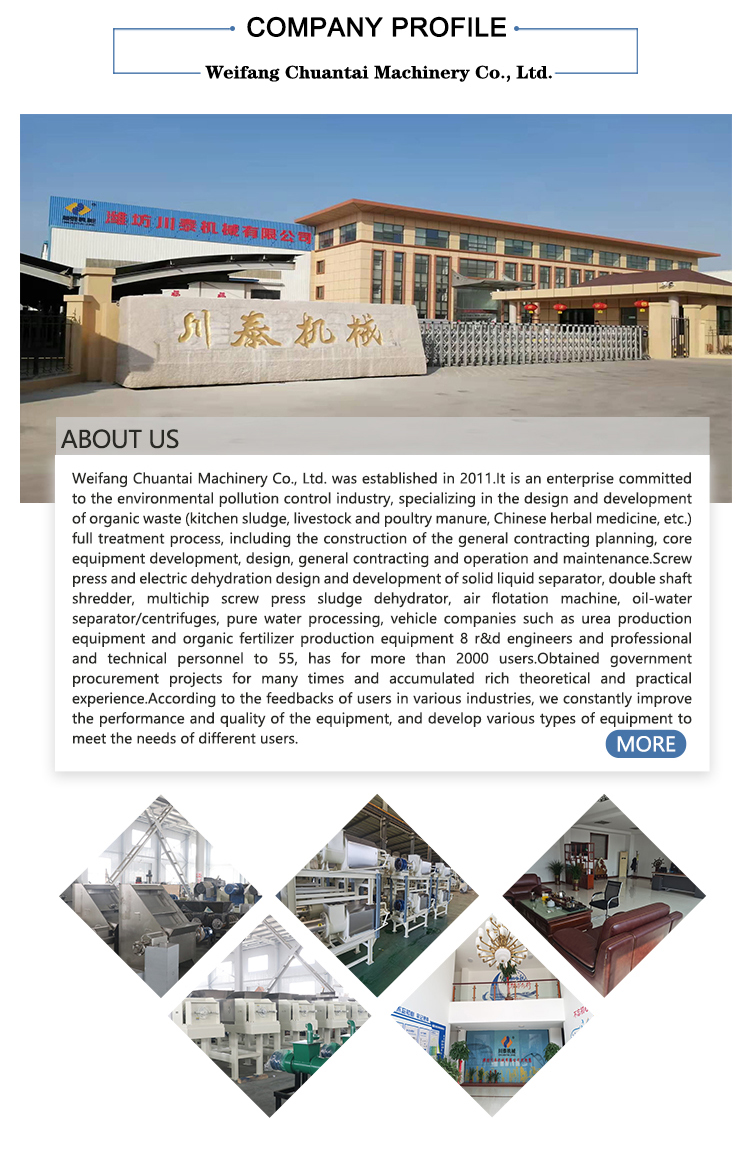
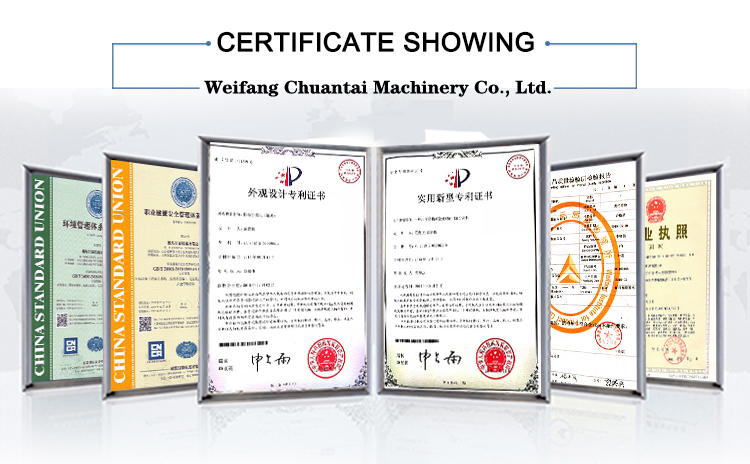
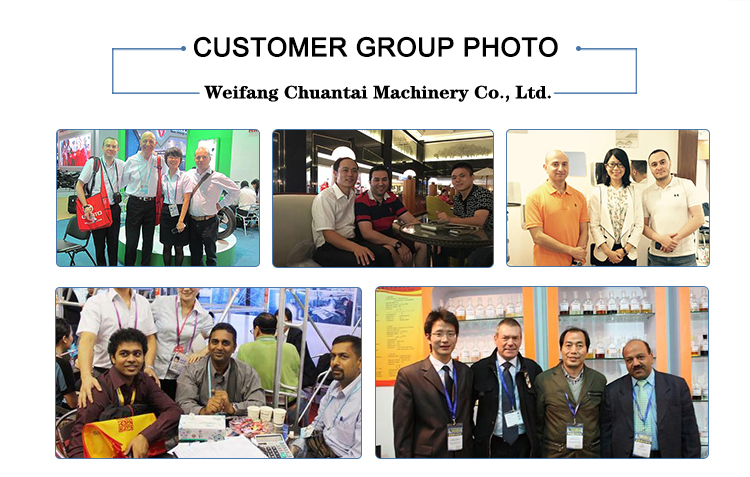
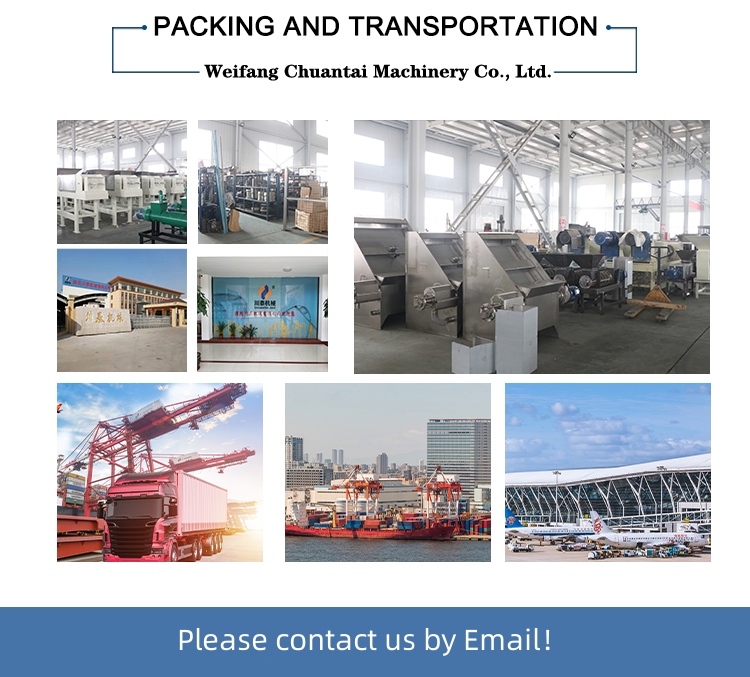
If your company wants to establish a business relationship with us, please briefly describe the cooperation intention and send an email to:chuantaiscrewpress@gmail.com

